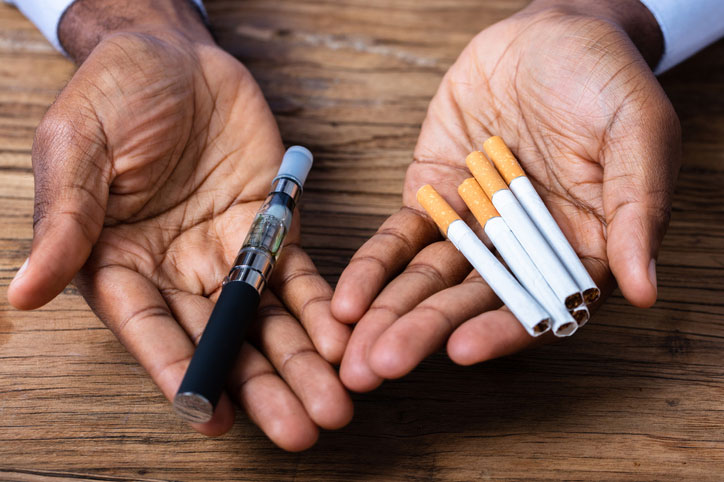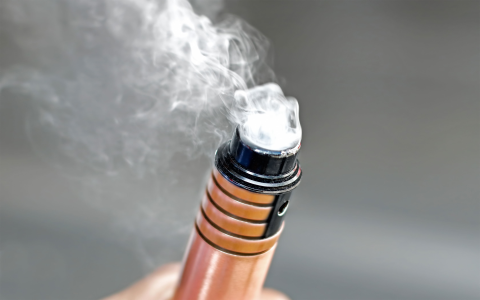Secondhand exposure to e-cigarette aerosol, often called vapor, poses documented health risks to non-users. Unlike traditional cigarette smoke, e-cig aerosol contains fewer harmful combustion byproducts, but it is not harmless.
How Exposure Occurs
Non-smokers inhale the aerosol exhaled by users. Aerosol particles linger in the air and settle on surfaces (contributing to thirdhand exposure).

Documented Health Risks for Non-Smokers
Scientific evidence indicates several areas of concern:
- Respiratory Irritation: Exposure can cause coughing, throat irritation, and shortness of breath. Sensitive individuals, including those with asthma, may experience exacerbated symptoms.
- Cardiovascular Effects: Constituents like nicotine and ultrafine particles (PM2.5) can affect the cardiovascular system. Short-term exposure may temporarily increase heart rate and blood pressure.
- Impact on Lung Function: Studies suggest inhalation of e-cig aerosol can negatively impact lung function measurements in bystanders.
- Chemical Exposure: Non-smokers inhale potentially harmful substances including:
- Nicotine (addictive and impacts development)
- Ultrafine particles (PM2.5)
- Volatile Organic Compounds (VOCs)
- Flavoring chemicals (some with known respiratory toxicity like diacetyl)
- Trace metals (e.g., nickel, lead)
- Vulnerable Populations: Children, pregnant women, the elderly, and individuals with pre-existing respiratory or cardiovascular conditions face potentially higher risks. Nicotine exposure during pregnancy or adolescence can harm brain development.
Key Differences from Secondhand Smoke
While generally considered less toxic than secondhand tobacco smoke, e-cig aerosol still exposes non-users to toxicants. Crucially, the long-term health consequences of chronic, low-level exposure to e-cig aerosol are not yet fully established.
Effective Solutions to Protect Non-Smokers
- Implement Comprehensive Restrictions: Enforce smoke-free air laws to explicitly include e-cigarettes in indoor public places, workplaces, restaurants, bars, and public transport.
- Designate Vape-Free Homes & Cars: Especially critical to protect children and pregnant women. Aerosol can accumulate significantly in enclosed spaces.
- Improve Ventilation: While not a substitute for prohibition, adequate ventilation can help reduce particulate concentration in shared air.
- Public Education: Raise awareness about the potential risks of secondhand e-cig aerosol exposure to encourage respectful behavior around non-users.
- Support Cessation: Encourage e-cigarette users who wish to quit smoking entirely to utilize approved cessation methods.
Conclusion: The aerosol emitted by e-cigarettes is not harmless water vapor. Non-smokers exposed to it inhale nicotine and other potentially harmful substances. Evidence indicates this can cause respiratory and cardiovascular irritation and poses particular risks to vulnerable groups. Protecting non-smokers requires treating e-cigarettes like tobacco products in smoke-free air policies and fostering vape-free environments, especially around children.










